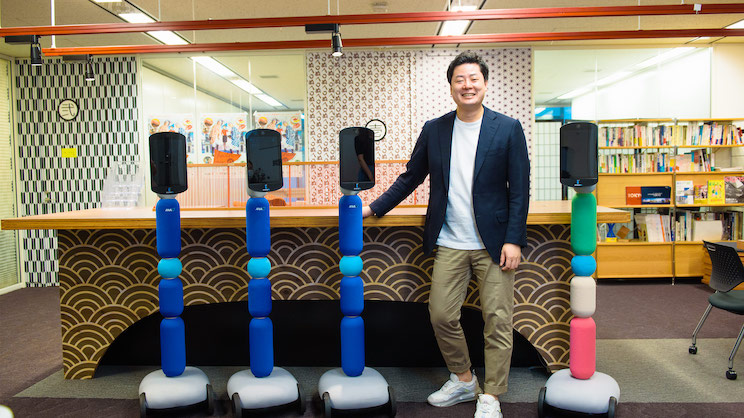TRI-AD’s Drive Towards Next-Generation Craftsmanship (Part 1) What does the future hold for mobility through automated driving technology?
TRI-AD’s Drive Towards Next-Generation Craftsmanship (Part 1) What does the future hold for mobility through automated driving technology?

Toyota Research Institute Advanced Development, Inc. (TRI-AD) was established in 2018 as the software development hub that supports the Toyota Group, starting with its automated driving technology. The world’s most advanced research and development by engineers from all over the world is underway at the newly established offices in Nihonbashi serving as a bridge between Silicon Valley culture of the Toyota Research Institute (TRI) and Japanese craftsmanship. Bridgine will be covering the efforts made by TRI-AD, which have garnered attention from various fields, in two parts. In Part 1, we focus on TRI-AD’s automated driving technology as we talk with Senior Vice President Mr. Daisuke Toyoda about the future of human mobility and its relationship with the people in towns and cities.
What was the reason behind TRI-AD’s inception?
- First of all, please tell us what kind of a company TRI-AD is.
Toyoda: TRI-AD is a company that was established by Toyota Motor Corporation, Denso, and Aisin Seiki, and primarily develops software for automated driving technology. Toyota Motor Corporation originally set up an AI, automated driving technology, and robotics research institute in Silicon Valley called the Toyota Research Institute (TRI), its mission to serve as a bridge that brings together knowledge gained from research on automated driving technology and the production development of Toyota Motor Corporation. In other words, we each have our own roles to play: TRI pursues “possibility” through automated driving demos, whereas here at TRI-AD we verify “feasibility.” Ultimately Toyota Motor Corporation handles “profitability.”

Senior Vice President of TRI-AD, Mr. Daisuke Toyoda.
-On the TRI-AD website, is says “combining Japanese manufacturing with the unique agility of Silicon Valley,” and so it would seem that your company also serves as a bridge between Japan and the Silicon Valley culture, development environment, and work style, doesn’t it?
Toyoda: Exactly. I think that, until recently Japanese manufacturing’s strengths lay in its hardware, and many strongly believed in the idea of improving quality through craftsmanship. On the other hand, Silicon Valley’s strength is in software development, and updating products quickly has become the norm. We have established a corporate culture based on these characteristics, through the coexistence of Silicon Valley’s unique agility of demo development and simulations under an organizational system that makes it easy to respond to change. Couple this with the unique Japanese way of thinking that involves attention to detail and a long-term perspective, we then hope to achieve a level of high-quality manufacturing that will pave the way for the next generation.
-What kind of people work at TRI-AD?
Toyoda: Currently, we have excellent engineers from around 20 different countries working at TRI-AD. For this reason, the lingua franca in our office is English. We feel that it is crucial to create an environment where people from different cultures can coexist, where engineers from around the world would want to work; a workplace that makes people feel as though they can achieve their dreams. For this reason, engineers who work here, along with project managers, contributed to the creation of our new office in Nihonbashi, of which we moved into in July.

The new office in Nihonbashi was created by the entire company through Hello New Office workshops joined by engineers from all over the world. (Details on this will be presented in Part 2.)
-This is probably related to work environment, but it seems as though developing software for automated driving technology would be very different from that of conventional automobile manufacturing.
Toyoda: That’s right. In conventional automobile manufacture, they first investigate what kind of product would be accepted by their target customer, then they think about design and specs. Once these have all been decided, then they develop software. In short, the hardware significantly outweighs the software, but as the trend toward automated driving and connectedness grows stronger, the importance of software development has been increasing daily. With a shift toward manufacturing based on software in the future, existing development processes and work styles may become redundant. It was with this in mind that our venture company was formed because it is capable of responding to small changes quickly, and hence TRI-AD was born.
The Fun of Car Travel
-Toyota Motor Corporation has declared a shift from being an automobile manufacturer to that of a mobility company, and an important role in this is the development of automated driving technology. What concepts are being adopted to advance this technology?
Toyoda: Our mission is to create the safest car in the world, and we are developing systems and equipment to achieve this. Based on this premise, and this includes my own personal opinions, but what I believe to be crucial for a mobility company is that we provide the fun part of travel humans instinctively feel when moving from point A to point B. I don’t remember much from my own childhood (laughs), but when a young child learns to walk alone for the first time, both child and parents experience great joy. When it comes to mobility, there are things that humans find inherently enjoyable, and as a mobility company, we must not lose sight of this, even in a world where automated driving has been achieved.
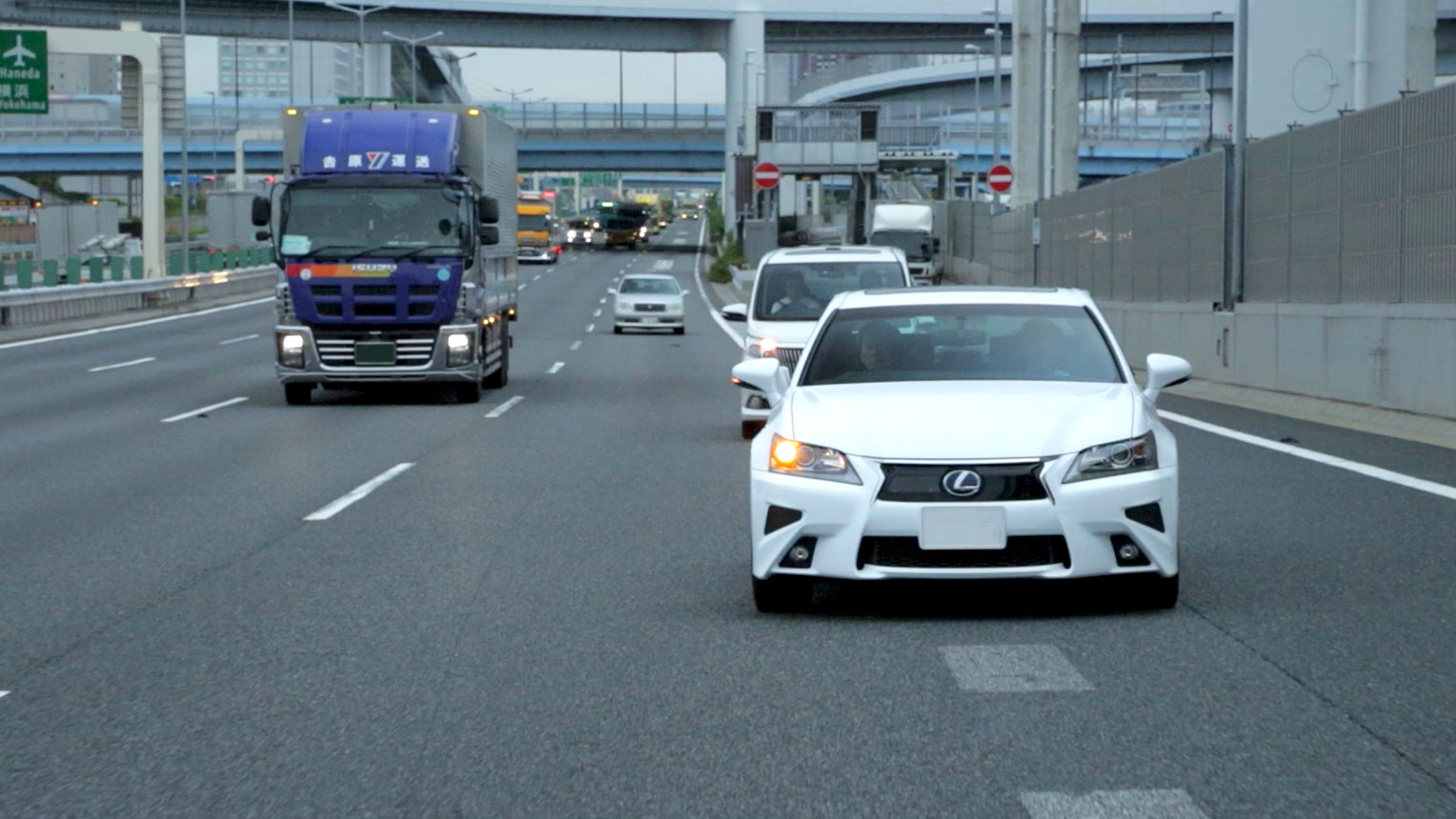
-In what form do you want to provide the fun of car travel?
Toyoda: We’d like for travel itself to be fun, regardless as to whether or not one is driving. For example, when there is a traffic jam, you could put the car into automated driving mode and do something else, conversely, if there is a road you want to drive on by yourself, you can take control of the car to enjoy the freedom of driving by yourself. That is, we focus on the fun of travel according to the circumstances. We believe that automated driving technology not only creates safety around the driver, but supports the driver’s driving technique while heightening the fun of driving.
-What kind of technology would make this a reality?
Toyoda: TRI-AD engineers develop simulations and tools that increase the accuracy of automated driving algorithms while analyzing the driving techniques of experienced professional drivers. Among those being developed is our Guardian system, a system that detects slight changes and differences in road conditions and driver reactions to enhance driving. This increases the driving technique and situational awareness of the driver.
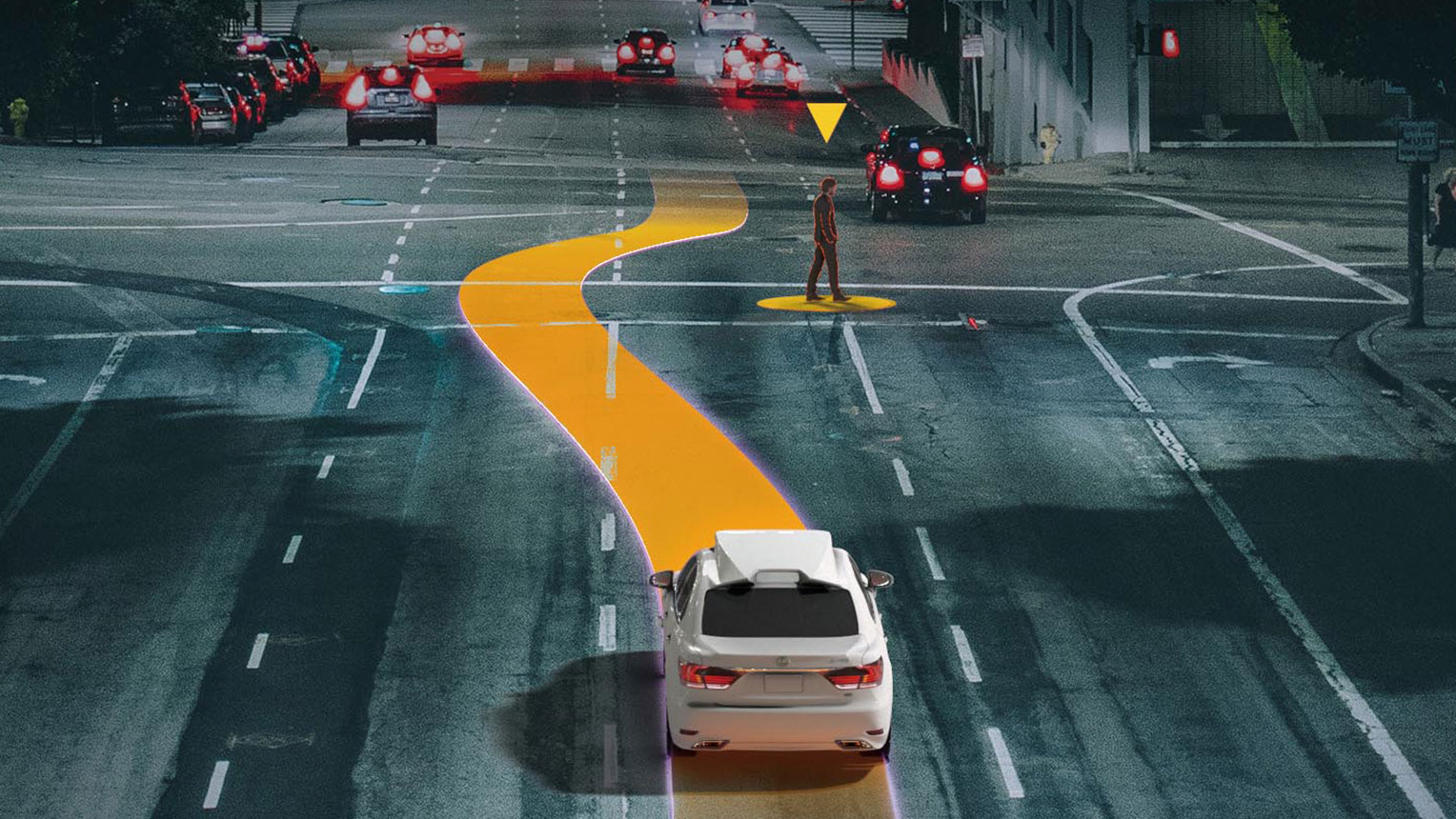
Toyota Guardian™, self-driving technology that aims to integrate driver and vehicle to keep drivers and passengers safe at all times.
TRI-AD Technology to Make Safe Driving a Reality
-Going back to your company’s mission of creating the “world’s safest vehicle”, how far along the road is the development of this automated driving technology that will make this a reality?
Toyoda: Right now, the automated driving technology that currently exists can already do a lot. However, frankly speaking, human beings have very high expectations when it comes to safety, and we have not yet reached a point where we can guarantee that 100%. However, our engineers are working around the clock to achieve this, and drive monitoring technology developed by TRI-AD monitors the driver’s eyes and for signs of sleepiness, drowsiness, emotions, and driver intentions reading the driver’s posture and face to support safer driving, so we believe we can increase safety in the future.
-I think many people are excited about the proliferation of automated driving technology, but what are the prospects for commercialization?
Toyoda: Mobility takes people’s lives into its hands, so when it comes to safety in automated driving, one needs to be extremely careful. Our stance is to start from what is possible, and in 2020 our automated driving technology for motorways called Highway Teammate will be put into practical use. This automates merging onto an expressway, the maintenance of safe distances between vehicles, and lane changes, from on-ramp to off ramp. Looking further ahead, we are also working on developing completely automated driving technology based on the concept of Chauffeur.
-What do you think is the future of happy relationships between cars and humans?
Toyoda: It’s difficult to say in a single phrase because each person has their own definition of happiness, but I think it would be being able to grow together and being there for each other in good times and bad.
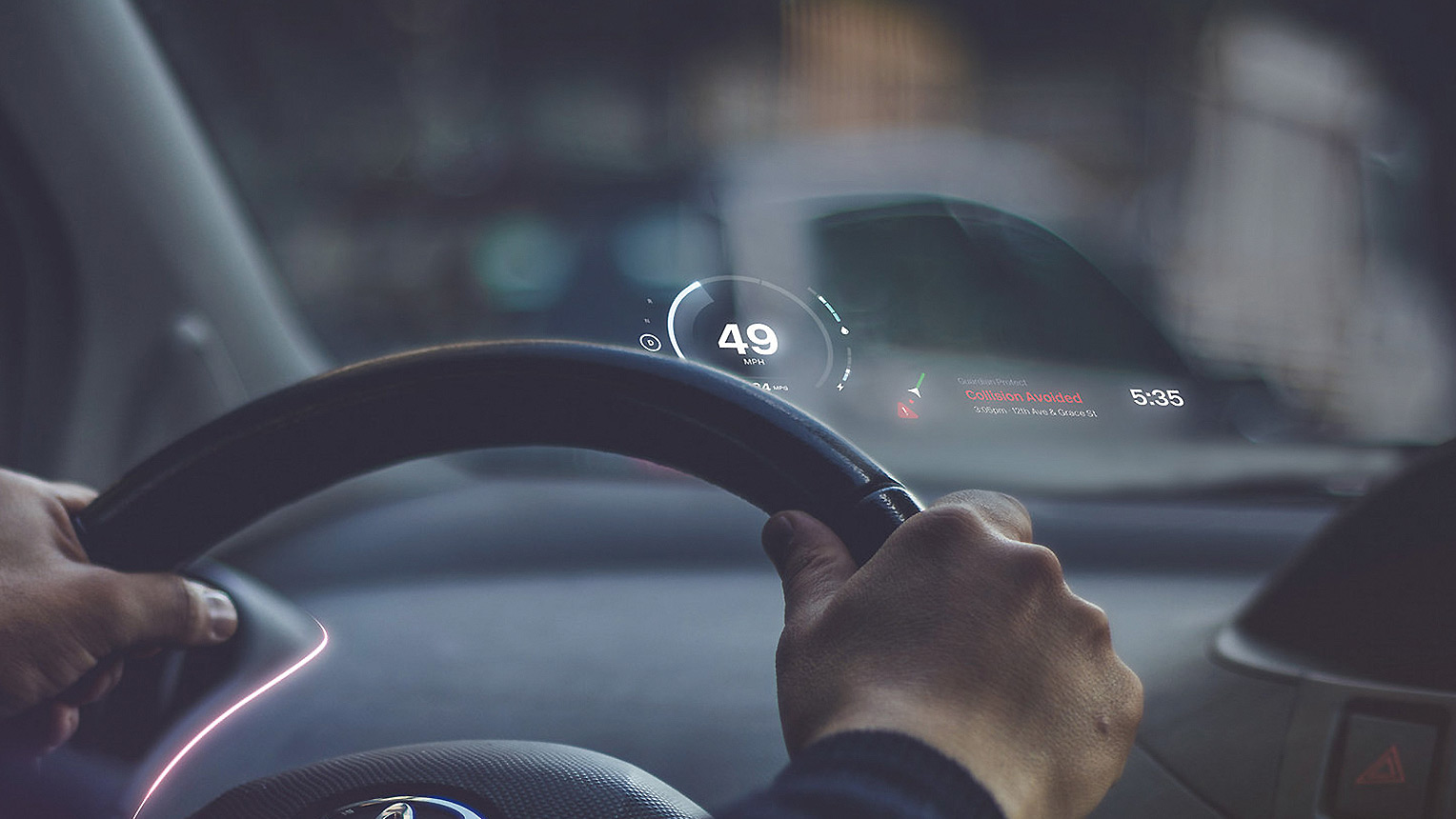
Townscapes Changed by Mobility
-As new forms of mobility spread, such as automated driving technology, Segways, or the Winglet (developed by Toyota Motors), the townscapes of the future will change significantly as well, won’t they?
Toyoda: Yes, I believe so. However, since those using automated driving technology or new forms of mobility will be the customers, it is of utmost importance to see how these technologies can be integrated into society. As developers of new technology and mobility, we don’t want to push a unilateral vision of the future onto townscapes. We want to talk with everyone in local communities as we think about the future of mobility that can be used in all fields: on land, sea, and in the sky, not just cars.
-Will you increase initiatives in the Nihonbashi area, where you are based, or carry out more experimental initiatives within the new office?
Toyoda: Of course, we are considering these things as well. For example, we’ve created an environment where Winglets can be used within the new office so we can capture movement data. I believe it is important to increase our own sense of awareness as end users by experiencing new forms of mobility for ourselves first hand.
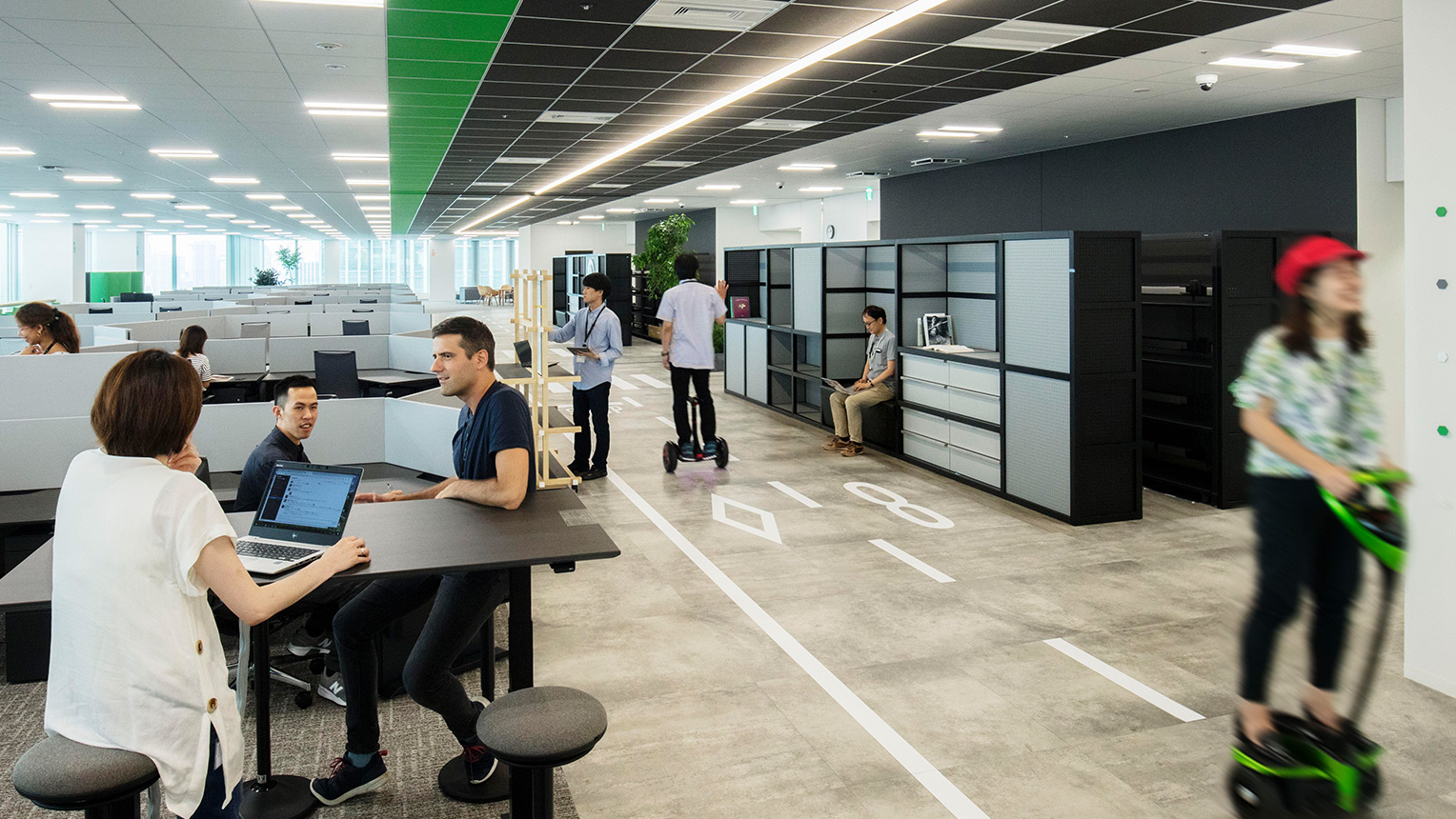
Winglets and Segways can be used within the new TRI-AD office.
-It seems that some parts of the new TRI- AD office construction were inspired by the town of Nihonbashi.
Toyoda: Yes. We created our office as a mobility company with an awareness of the fact that Nihonbashi is the starting point for all roads throughout Japan. The names of all of the conference rooms within the office are named after starting points of roads around the world, with the distance from Nihonbashi written on them as well. One feature of Nihonbashi is that it does not only have main streets, it has bustling back streets as well, so we have a space similar to a back alley called the “Pit” outside the conference area (currently under construction), where it is possible to have a little discussion before or after meetings.
-Could you tell us why you chose Nihonbashi as your base?
Toyoda: The major appeal of Nihonbashi is that, while it is an office district, some of the good things from the bygone days of Japan still remain. There’s no better place than here to serve as the bridge between Japan and Silicon Valley, that is a part of town that engineers, coming from overseas, find appealing as well. Since we’ve decided to set up here, we hope to contribute in any way that we can to make this place better, as a member of the Nihonbashi community. This is why we actively participate in local festivals and, if we have the opportunity, would like to work in collaboration with other companies based in Nihonbashi.

In Part 2 of this interview, we will ask key members of the office project about the construction of the TRI-AD office, joined by engineers from around the world, as well as the next-generation work style that integrates Japanese-style manufacturing with Silicon Valley-style innovation.
Interview and Text: Yuuki Harada (Qonversations) Photos: Daisuke Okamura
Toyota Research Institute Advanced Development, Inc. (TRI-AD)
TRI-AD is a company that develops advanced software related to Toyota’s automated driving vehicles. Its missions are in creating the safest automated driving vehicle in the world and strengthening the link between research results from the Toyota Research Institute (TRI) and research and advanced development within the Toyota Group. In addition to developing software for automated driving, the company is also responsible for strengthening data handling technologies, and end-to-end processes, from research to commercialization seeing software development becoming a realization.
